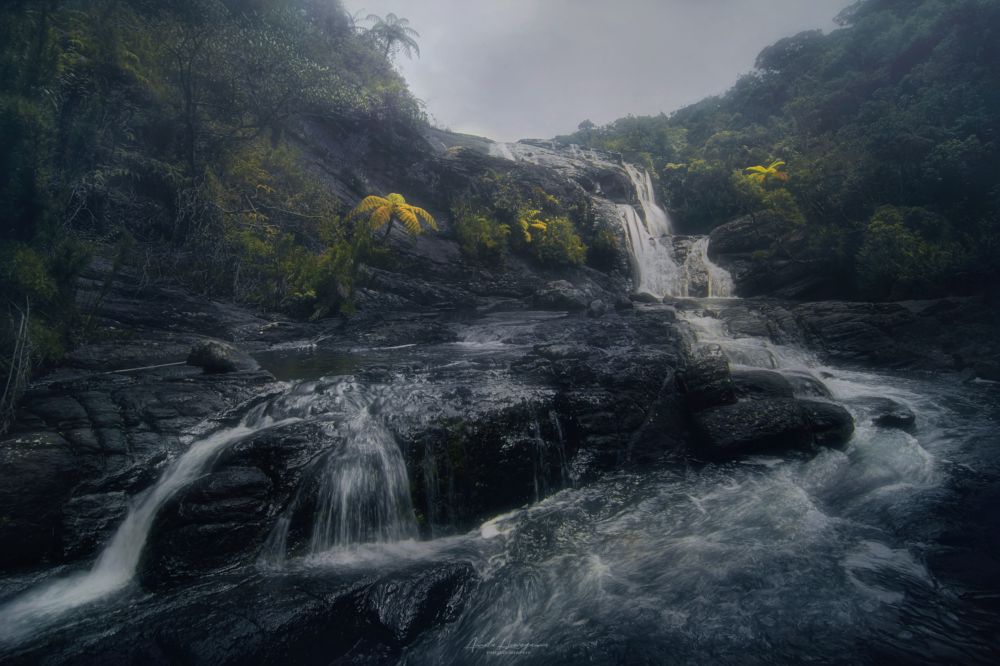
10 Essential Tips for Capturing Stunning Landscape Photos
Capture Nature's Beauty Like a Pro and Elevate Your Photography Skills

Capture Nature's Beauty Like a Pro and Elevate Your Photography Skills
Landscape photography allows you to capture the breathtaking beauty of nature. Whether you're a beginner or a pro, these tips will help you take your photography skills to the next level. Let's dive into these essential techniques to elevate your landscape photos.
Your camera is your most valuable tool. Take the time to learn its features, modes, and settings thoroughly. Familiarize yourself with:
When you fully understand your camera, capturing stunning images becomes effortless.
Preparation is critical for landscape photography. Research the location and visit it beforehand if possible. Look for unique features such as rock formations, rivers, or open meadows, and note the direction of light during different times of the day.
The golden hour occurs shortly after sunrise and before sunset. This period offers soft, warm lighting that enhances the depth and colors of your photos. Plan to arrive early to set up your shot and catch the best light.
A tripod ensures stability, especially in low-light situations or when using slow shutter speeds. Combine it with a remote shutter or timer to completely eliminate camera shake. A reliable tripod is an investment that guarantees sharp, high-quality photos.
Composition plays a significant role in landscape photography. Use techniques like:
Creative composition can turn ordinary scenes into extraordinary masterpieces.
Lighting is one of the most critical elements of landscape photography, and it can make or break your image. Pay attention to the lighting conditions and adjust your exposure accordingly. Use filters, brackets, and other techniques to capture the full range of tones and colors in your image.
Shooting in RAW format gives you more flexibility when editing your photos. RAW files contain more data than JPEGs, which means you can make more adjustments to exposure, contrast, and color without sacrificing image quality.
Editing is an essential part of the landscape photography process, and it can help you enhance the colors, contrast, and overall look of your image. Use software such as Lightroom or Photoshop to edit your photos, and experiment with different techniques and presets to find the look that works best for you.
Shooting in black and white can be a great way to add drama and contrast to your landscape photos. This is especially true when shooting in low light or using bold, graphic compositions.
Finally, the key to capturing stunning landscape photos is to practice, practice, practice. The more you shoot, the more you'll learn, and the better you'll become at capturing the images you want.
To capture stunning landscape photos, follow these essential tips. With practice and patience, your skills will elevate to new heights.
Thank you for reading! Discover more insights on capturing the beauty of nature with Lankascape.